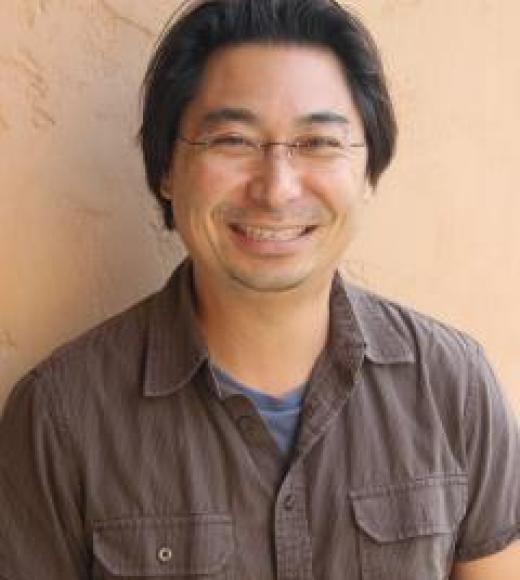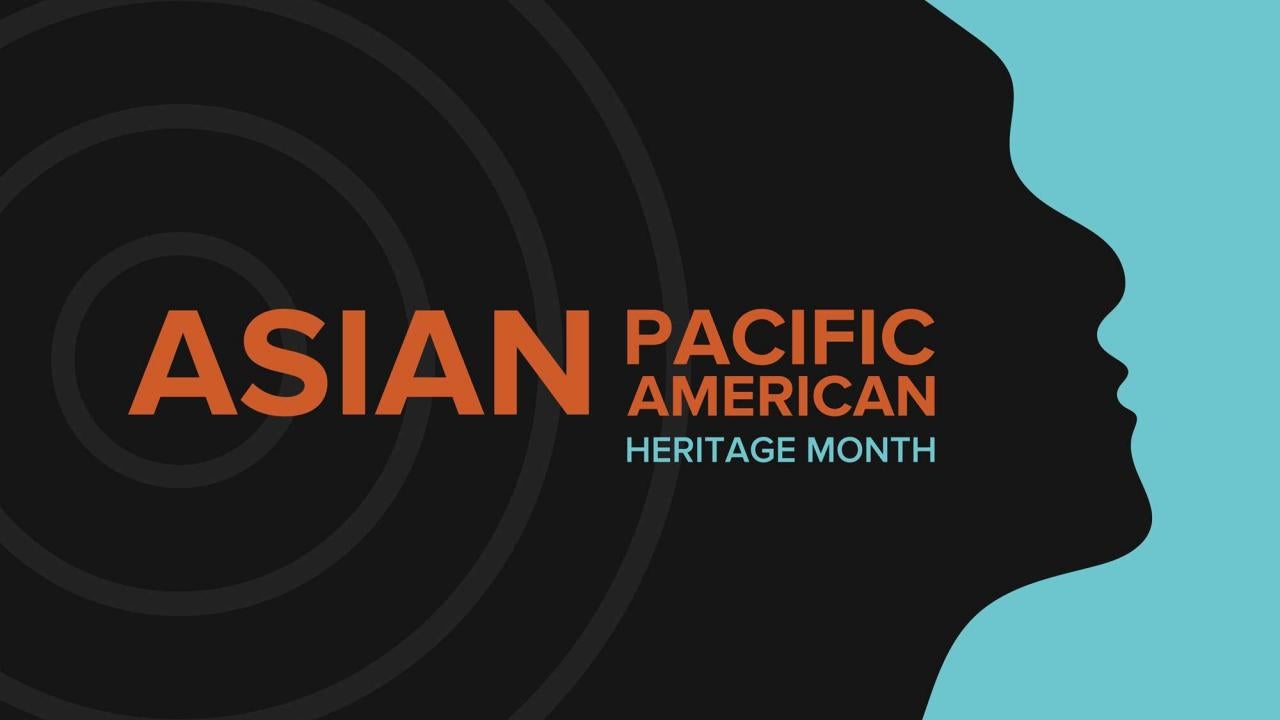More than 30 years after President George H.W. Bush signed a law that designated May 1990 as the first Asian American and Pacific Islander Heritage Month, much of Asian American history remains unknown to many Americans — including many Asian Americans themselves.
Often the Asian-American history taught in classrooms is limited to a few milestones like the Chinese Exclusion Act of 1882 and the incarceration of people of Japanese descent during World War II, and that abridged version rarely includes the nearly 50 other ethnic groups that make up the fastest-growing racial and ethnic group in the U.S. in the first two decades of the 21st century.
To help fill the knowledge gap, TIME asked historians and experts on Asian American history nationwide to pick one milestone from this history that they believe should be taught in K-12 schools, and to explain how it provides context for where America is today. Here are the moments they chose. We include here a piece of history from Asian American Studies Professor Richard Kim from UC Davis, but read the entire article for a great overview. We also urge you to read another Curiosity Gap blog about a UC Davis effort on behalf of an Asian American lawyer.

Read the full article by TIME here.
March 28, 1983: Chol Soo Lee’s release from San Quentin’s Death Row
In June 1974, Chol Soo Lee, a young Korean immigrant, was wrongfully convicted and sentenced to life imprisonment for a San Francisco Chinatown murder. While serving his life sentence in state prison, Lee was convicted and sentenced to death in May 1979 on a first-degree murder charge for defending himself during an armed prison-yard assault by an Aryan Brotherhood gang member. Two years earlier in 1977, Sacramento Union investigative reporter K.W. Lee began to shed light on a problematic police investigation and subsequent trial for the San Francisco Chinatown murder. His investigative series generated widespread support for a remarkable grassroots social movement, known as the Free Chol Soo Lee movement, which brought together diverse groups of immigrant and American-born Asians in a common cause of justice and freedom for Lee. The efforts of the Free Chol Soo Lee movement eventually led to a retrial of the San Francisco Chinatown murder case, in which a jury acquitted Lee in September 1982. Despite this acquittal, Lee remained on Death Row in San Quentin due to his first-degree murder conviction for the prison-yard killing, which was also set for a retrial. However, faced with the prospect of high legal expenses and the uncertainty of yet another trial, Lee agreed to a downgraded second-degree murder charge without admission of guilt in the deadly prison-yard altercation and was released from San Quentin’s Death Row on March 28, 1983, based on time served.
There are many reasons why this pivotal movement has been largely forgotten, but one is that the life of Chol Soo Lee, who unexpectedly passed away in 2014, problematizes idealized norms of moral virtue often expected of those who are symbols of racial justice movements, especially as Lee continued to experience significant trauma after serving nearly 10 years in state prison. Yet, the "Free Chol Soo Lee" movement also highlights the politicization and empowerment of young people who formed the backbone of this incredible pan-Asian movement. Many of these young activists went on to distinguished public service careers guided by an enduring vision of social change and justice. The history of the Free Chol Soo Lee movement thus provides us with valuable lessons in imagining new and different possibilities for our present and future, particularly in relation to contemporary social movements, coalition building, and the criminal justice system in the United States.
—Richard S. Kim, Professor of Asian American Studies at UC Davis
